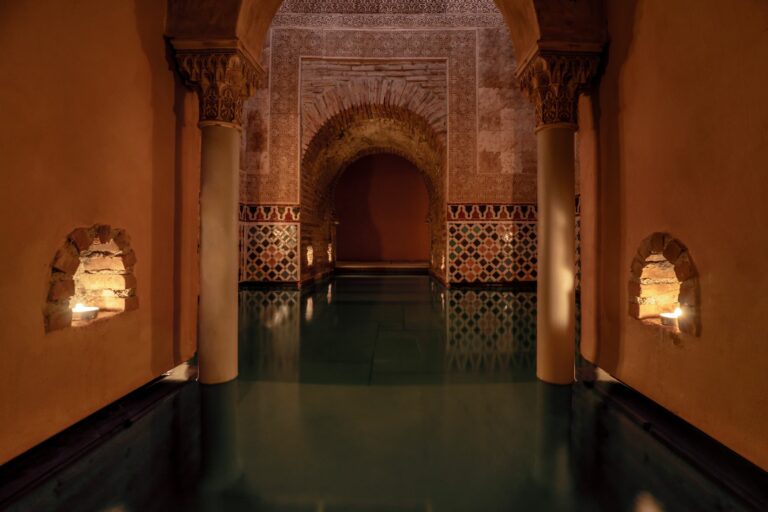Cuarto Real de Santo Domingo: Nasrid history and art in the heart of Granada
Granada is home to some of Spain’s most captivating heritage treasures. Among them, the Cuarto Real de Santo Domingo stands out—a true ode to Islamic Spain.
When it comes to exploring the legacy of Islamic Spain, Granada remains one of the finest examples. From the Alhambra to the Generalife Gardens, and the iconic Albaicín, the Nasrid city is filled with cultural gems. Some, like the Cuarto Real de Santo Domingo, are less famous yet equally fascinating.
Located in the historic Realejo district—known in Al-Andalus times as Rabad al-Fajjarin—this former palace belonged to Queen Aixa, mother of Boabdil, the last sultan of the Nasrid Kingdom. Its history is closely tied to key moments in Granada’s transformation.
Built in the 13th century, the Cuarto Real de Santo Domingo is one of the few surviving examples of residential architecture from that era in Granada. It later inspired parts of the Alhambra and became one of Queen Isabella I’s most desired residences after the Catholic Monarchs took the city.

The palace features a central hall, or qubba, and a tall tower overlooking the lush gardens that once surrounded the complex. Elegant arches carved with Arabic inscriptions and golden tiles—hallmarks of Nasrid splendor—turn this into a true palace for the senses. It reveals a side of Granada that is exotic, vibrant, and often overlooked.
Lesser-Known Islamic Buildings in Spain
The Cuarto Real de Santo Domingo is just one of many sites that reflect the influence of Islam in Spain. Another fine example is the route of Alicante’s castles, a chain of fortresses built during the Nasrid period in the Levante region.
We could also highlight the Aljafería in Zaragoza, a fortress-palace evoking the elegance of a Muslim alcázar, or the Mosque of Cristo de la Luz in Toledo, a gem that recalls the splendor of the Caliphate of Córdoba.
The Hidden Passages of the Alhambra
Another way to uncover the mysteries of Islamic Spain is by exploring the Alhambra through its little-known secret passages. Beneath the hill of La Sabika, a network of tunnels once connected different parts of the fortress.
Many are now closed to the public, yet historians have revealed their purpose. Beyond the romantic tales worthy of One Thousand and One Nights, these underground spaces were used to store grain and seeds, hold prisoners awaiting exchange, or serve as private rooms for Sultan Muhammad V and his guards. Some were escape routes in case of invasion, and one led directly to the Cuarto Real de Santo Domingo.
Granada still lives under the spell of its past. Visiting the Cuarto Real de Santo Domingo is one of the most fascinating ways to step back in time and experience history from every angle.



